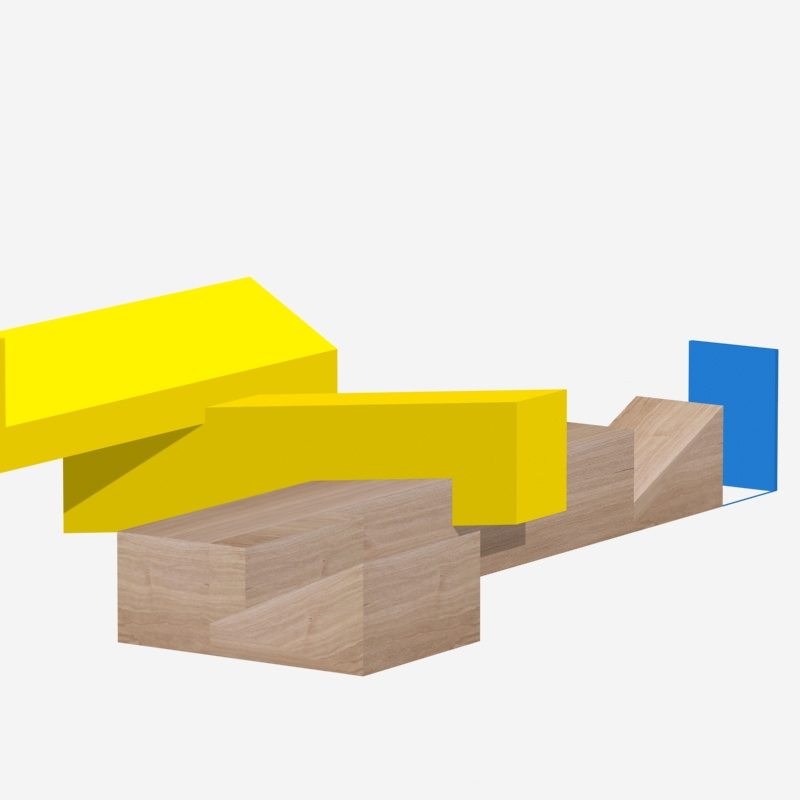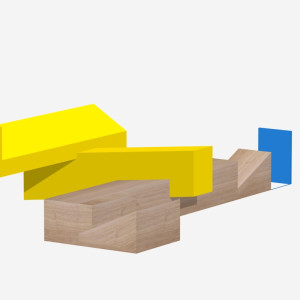A good book, for me, is one that changes my mind about something. For Getting Things Done (GTD) – a productivity system launched in the early 2000s by David Allen and his company – this looked like a hard task. I already knew and respected the GTD way. But I’ll admit that Getting Things Done for Teens, the latest book to be launched by the brand, managed to make me think again – about productivity, focus, and what good writing means in these busy times. What follows is a subjective review – please get yourself a copy of the book and see for yourself!
What is GTD?
Wikipedia describes GTD as a “time management method” but many people (possibly including David Allen himself) would come up with a different definition. Getting Things Done helps you do what it promises. It helps you organise your “stuff” into usable categories. It allows you to free your mind by storing things in sensible, trusted systems (that are not your head). And it shows you how to get the system moving – by reflecting, planning, becoming creative, and engaging with the right actions at the right time and place. Check out more at the GTD website – there’s plenty of (free!) ways to get started.
GTD for millennials – is this going to work?
The whole GTD system was seemingly designed with big business in mind – and the early versions of it couldn’t, to my mind at least, shake off the “big corporate” image even when talking about mundane things like clearing out your garden shed.
With the latest addition, Getting Things Done for Teens, David Allen and his co-authors achieve something unique, and probably get more than they bargained for. This is GTD for teens, sure – but it’s also GTD for millennials, whether you take this term seriously or not.
Quick review: Getting Things Done for Teens
I got my hands on the paperback of this book two weeks ago, and started reading almost immediately. It’s been almost 10 years now since I bought the original GTD book. In the meantime, I’ve worked with GTD on an on-and-off basis – sometimes following it to the letter, sometimes borrowing just one or two concepts.
The books is written with teens in mind, and manages to successfully leave behind the business/corporate tone of the early GTD titles. The main concepts of the GTD methodology are all still there. What changes is the way in which they are described: the book is easy to follow, and well-illustrated. The illustrations may be appealing to the teen reader, but they also help instantly make sense of the processes and workflows.
I would have liked to see more quotes by women and non-Americans in the book – this is pretty much my only negative comment. The biggest endorsement I can give the book, though, is that it’s not just for teens. GTD for millennials is possible. And it can start with GTD for Teens.
GTD for millennials – sketches of a methodology
GTD for millennials should not be a joke. The workers, thinkers, and creators who bought the first Getting Things Done in the early 2000s are no more. They retired, changed professions, or were forced to completely change the way they work and live in the dozen-or-so years between then and now.
Here’s a quick list of how you (or your company, organisation, or anyone) could pick up and use the GTD methodology after 2019. I wrote this based on my own experience of work, play, and study over 10+ years; your mileage will vary and I’d love to hear what you think.
- Understand that creativity and focus are becoming more and more precious as the world gets more cluttered and AI-led. GTD for millennials should help them focus.
- Understand that learning never ends any more, that a college degree is no longer as valuable, and that the learner mentality will serve you well for decades to come.
- Fight for your right to review and reflect. This is one of GTD’s key tenets, and as the world around you keeps chasing productivity, the review moments are your cheat codes as well as your safe spaces.
- Prepare to mix it up. As I’m writing this, I’m looking forward to combining my GTD system with a bullet journal setup. There are many more productivity methods around these days – and you will do well to keep an open mind and play well with others.
- Use GTD for your good times, and use it twice as often for your bad times. On the whole, the stories we tell ourselves about how and why we work or learn are no longer as upbeat as in the year 2000. Anxiety, stress, tiredness, and economic uncertainty are slowly becoming topics we’re learning to talk about. Don’t be afraid to get your GTD kit dirty. Take it with you to your low-energy, high-stress, dark places – and see how well it fares there and then. What’s the point of trusting a system otherwise?
(Photo by Jubal Kenneth Bernal on Unsplash)
Wiktor (Vic) Kostrzewski (MA, DELTA) is an author, translator, editor and project manage based in London. When he works, he thinks about languages, education, books, EdTech and teachers. When he doesn’t work, he probably trains for his next triathlon or drinks his next coffee.
BRAVE Learning (formerly known as 16 Kinds) is a lifelong learning and productivity blog. If you enjoy these posts, please check out one of my books and courses.
My recent publications, and my archive, is now all available on my new project: PUNK LEARNING. Hope to see you there!



 From card games to motor cars, the side effect of popularity is proliferation of choices, hacks or “homebrew” varieties. This works in business, in pedagogy, and in effective management. Today, I’m thinking about a popular productivity system – and through three personas, I will try to analyse different ways of applying that system in your life. Getting things done, as it turns out, may mean different things to different folks.
From card games to motor cars, the side effect of popularity is proliferation of choices, hacks or “homebrew” varieties. This works in business, in pedagogy, and in effective management. Today, I’m thinking about a popular productivity system – and through three personas, I will try to analyse different ways of applying that system in your life. Getting things done, as it turns out, may mean different things to different folks. 
 This day was supposed to never happen. We were on our way to our happily-ever-after, always in sync, always working together –
This day was supposed to never happen. We were on our way to our happily-ever-after, always in sync, always working together –